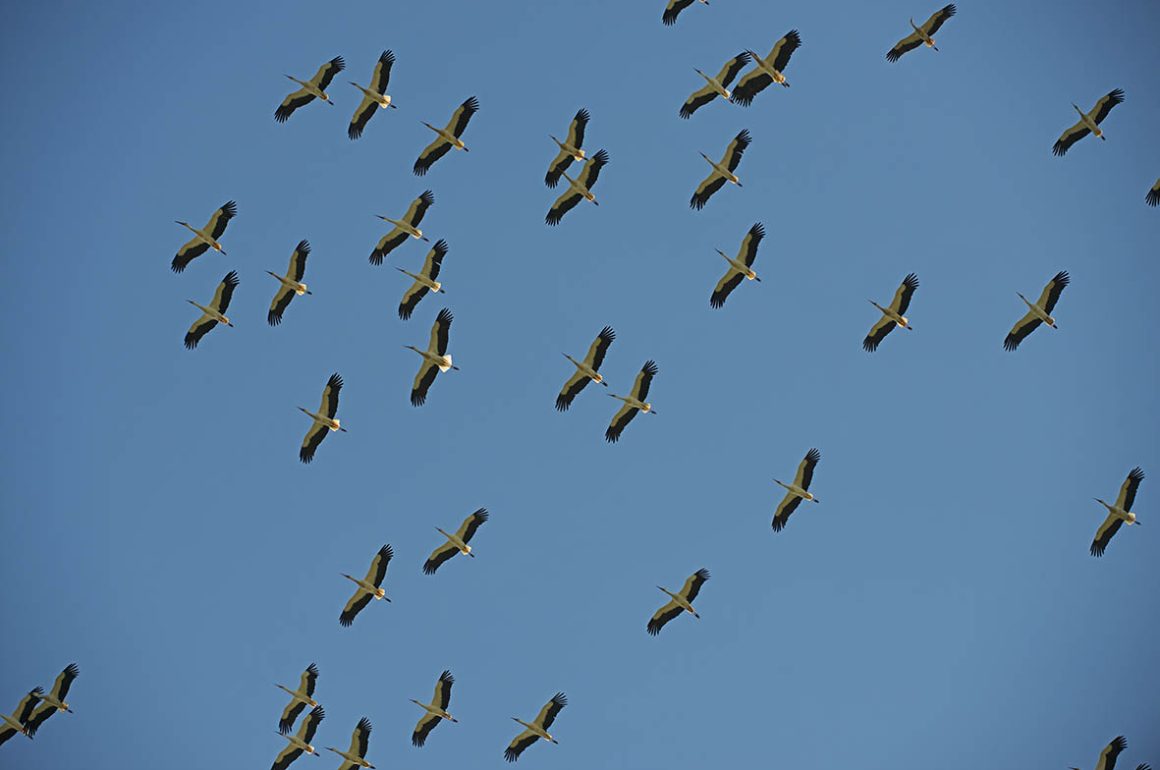
Last week I wrote about the start of the southward migration of soaring birds across the Strait of Gibraltar towards Africa. I concentrated my attention on the Black Kite (Milvus migrans) which is the first of the raptors to fly south in the thousands. Alongside the kites are the White Storks (Ciconia ciconia). On Tuesday I set off for Tarifa on the western side of the northern shore of the Strait. The wind had been strong easterly for days and this had held up much of the passage, but it was dropping a little. Would this be the window the soaring birds had been waiting for?
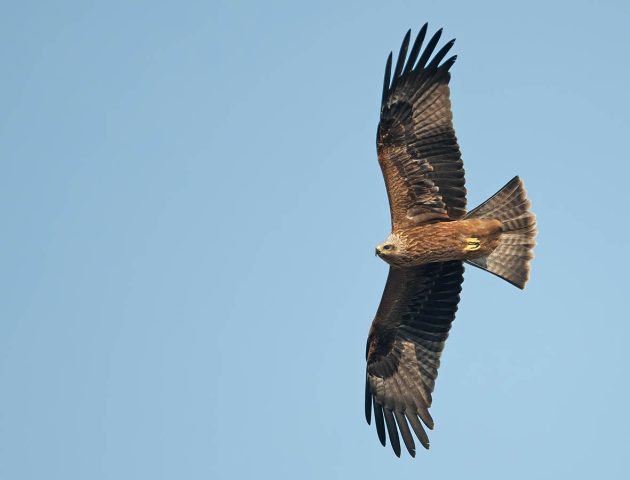
As I was arriving, around ten in the morning, I could see Black Kites everywhere in the sky, some low over the road that I was driving on. On arrival at my observation point, colleagues who are monitoring the passage told me that 5000 kites had already gone through, this early! It was now a matter of waiting to see if the White Storks would give it a go.
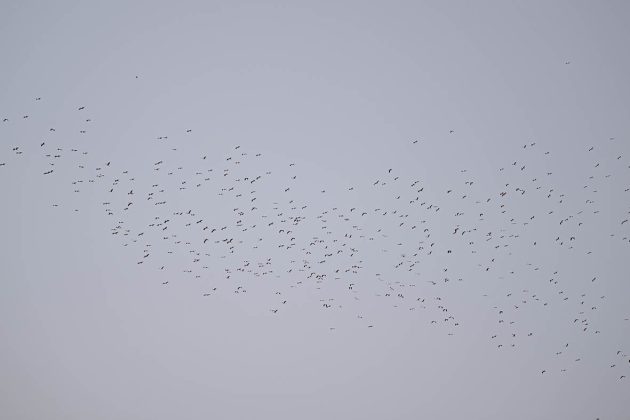
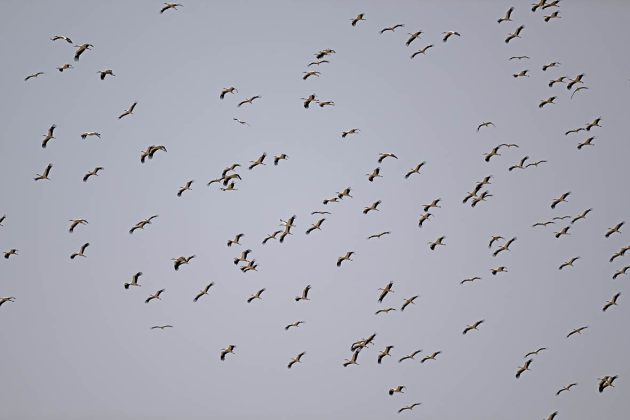
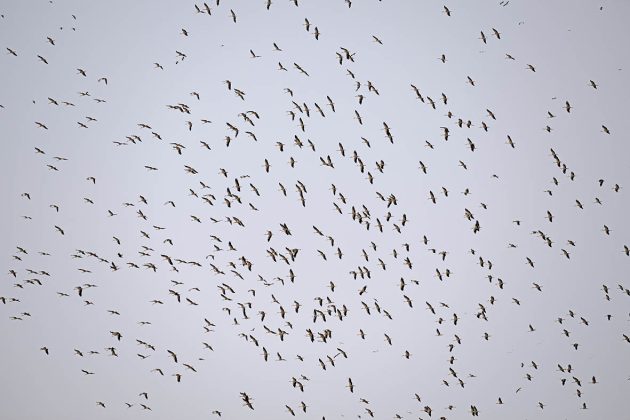
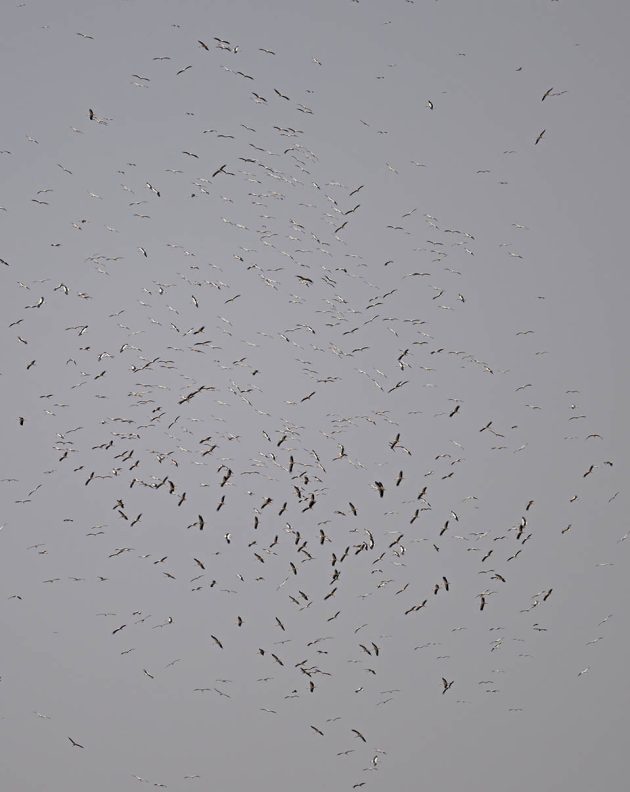
It didn’t take long. By eleven the first flocks of White Storks were discernible over the horizon. They were to mark the start of a remarkable day during which some 25,500 Black Kites and 16,500 White Storks made the crossing. It was quite simply one of those days when all the factors come together to provide one of the most unique and spectacular events that Nature can throw at us.
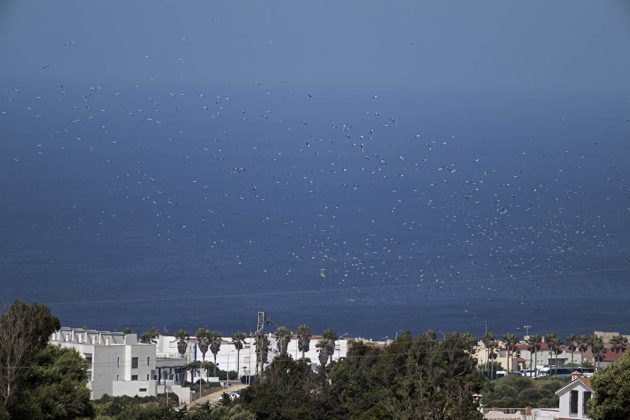
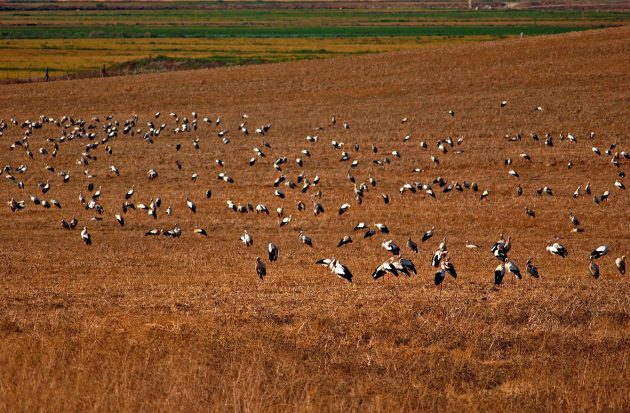
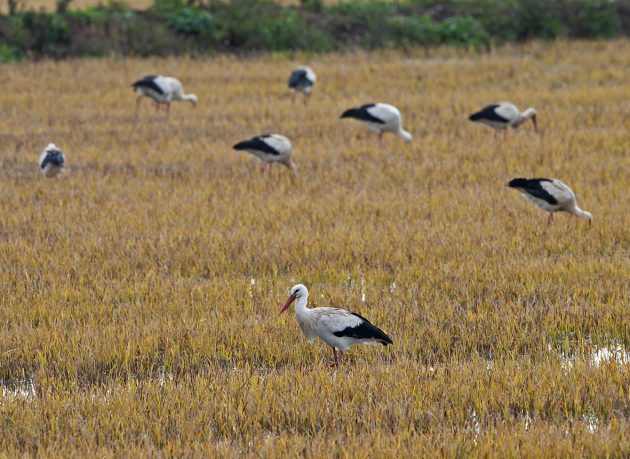
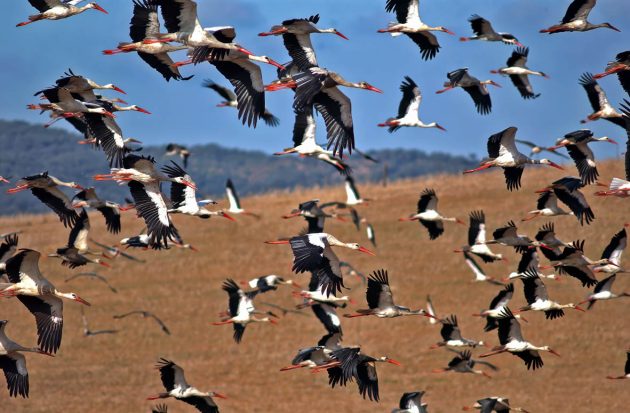
Why do the White Storks leave in late July and early August? The reason is clear. For several months in the summer the land goes dry. It does not rain and temperatures soar. Many White Storks fly south to spend several months in the Sahel region, just south of the Sahara Desert. Their arrival coincides with the onset of the rains. By October and November, the Sahel begins to dry up while the first rains reach the Iberian Peninsula. The White Storks return. Yes, their “spring” migration north starts in October and peaks in January and February!
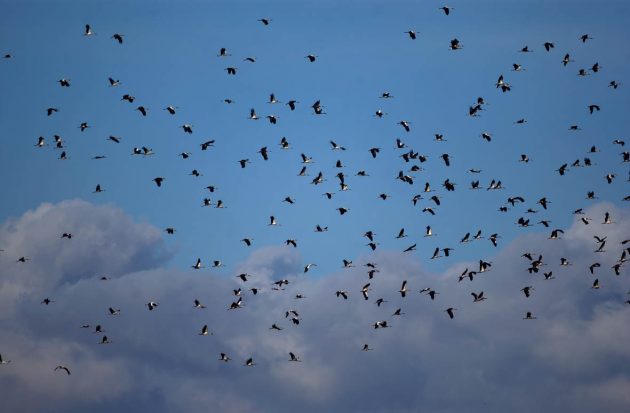
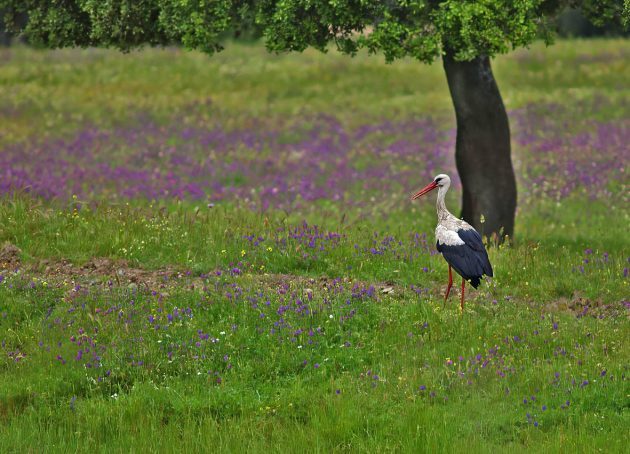
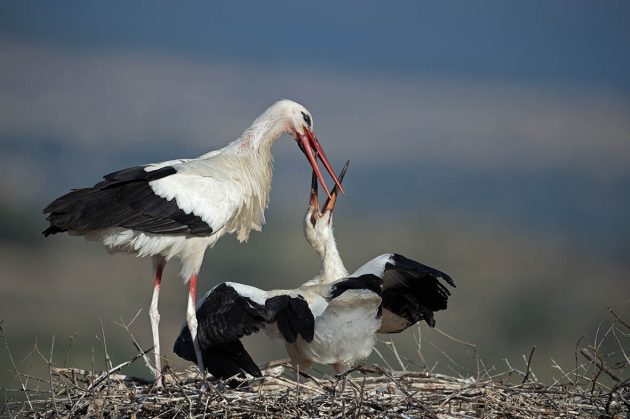
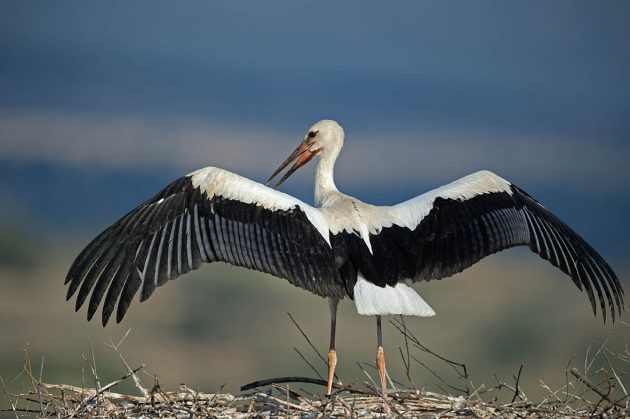
For several decades now, good numbers of White Storks have not been leaving. They have become resident. By visiting landfills, these storks find sufficient food that allows them to be resident. It is a change in behaviour that has happened in my own lifetime and is a prime example of how humans have modified the behaviour of a bird on a large scale.
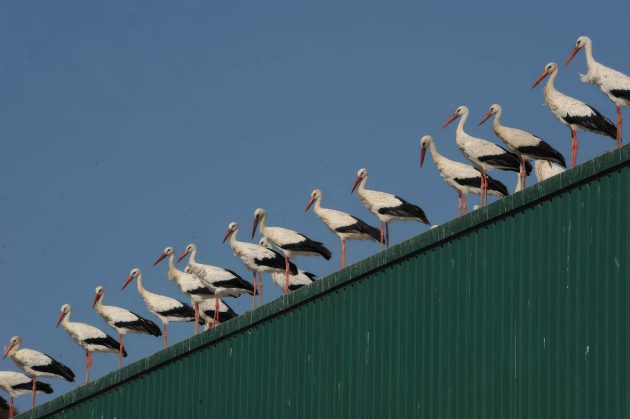
The migration continues, this year in fits and starts as the easterly wind strengthens – causing bottlenecks – and then weakens, opening the floodgates, as on Tuesday. Until the wind swings round to westerly, the migration of soaring birds will be concentrated at the western end of the Strait of Gibraltar. When the wind changes to west, many soaring birds drift in an easterly direction and the passage is then at the eastern end, over Gibraltar itself. As we reach the end of August the diversity of soaring birds crossing increases. Let’s see what this year brings…
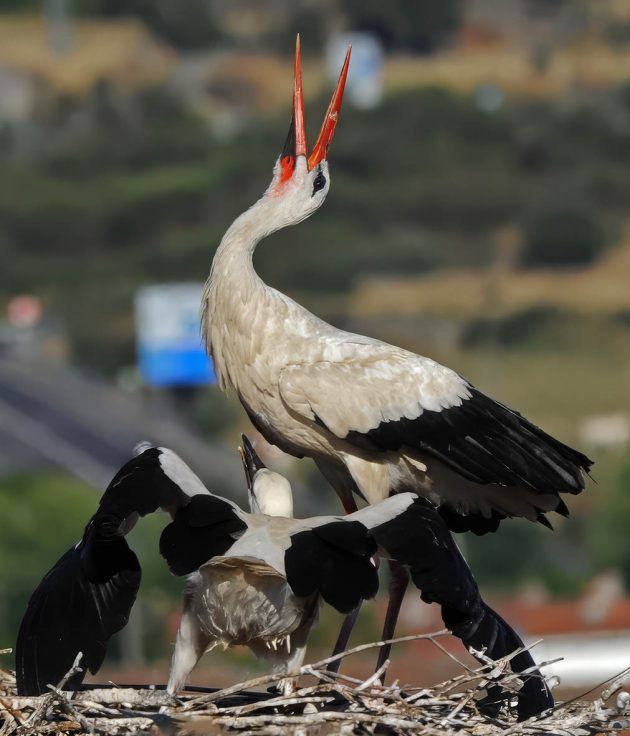






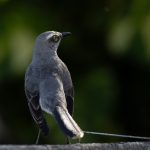


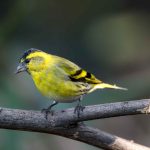

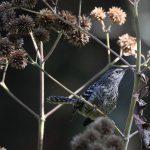
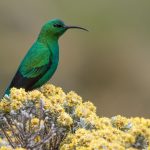
Like a wildebeest migration in the skies, amazing wildlife spectacle, one of the best in the world, no doubt.
great analogy!